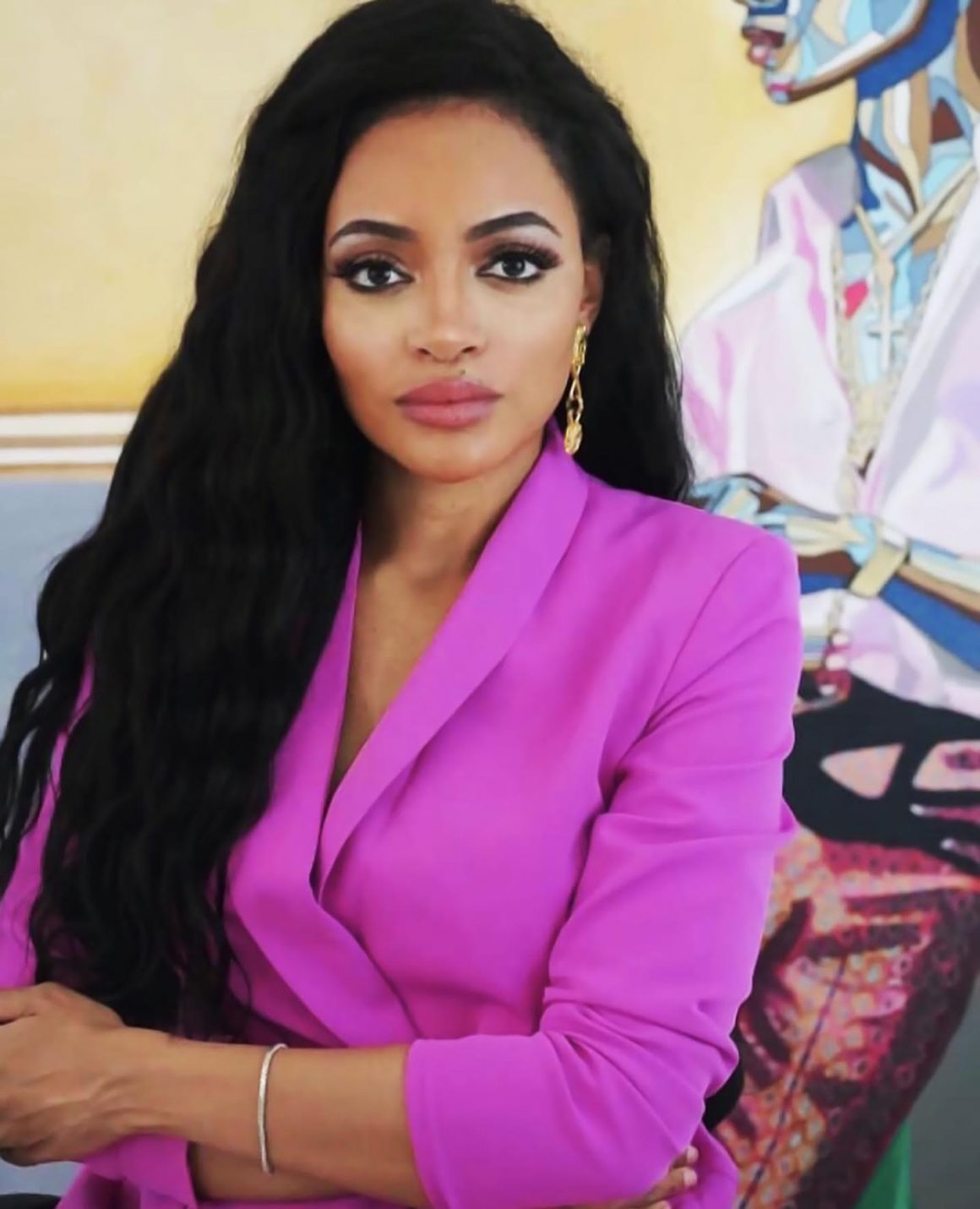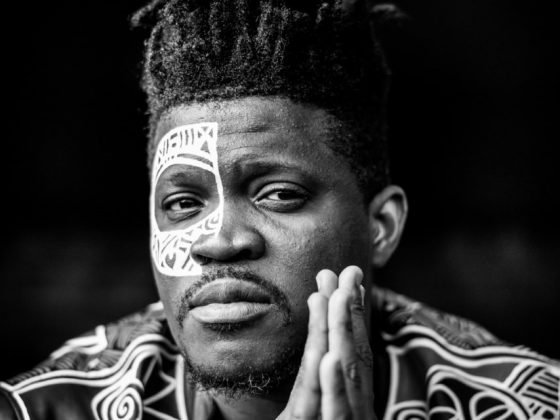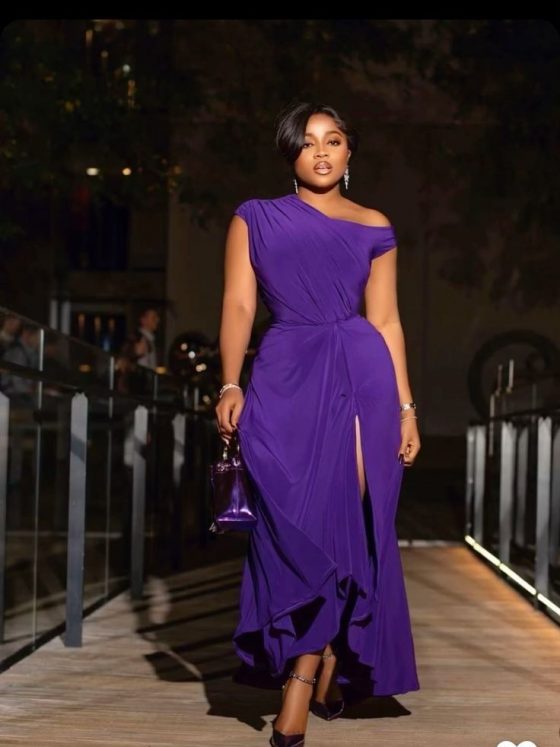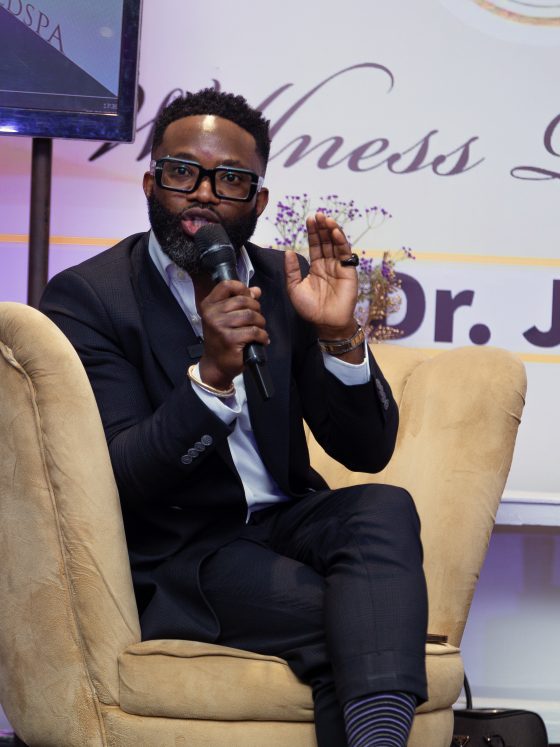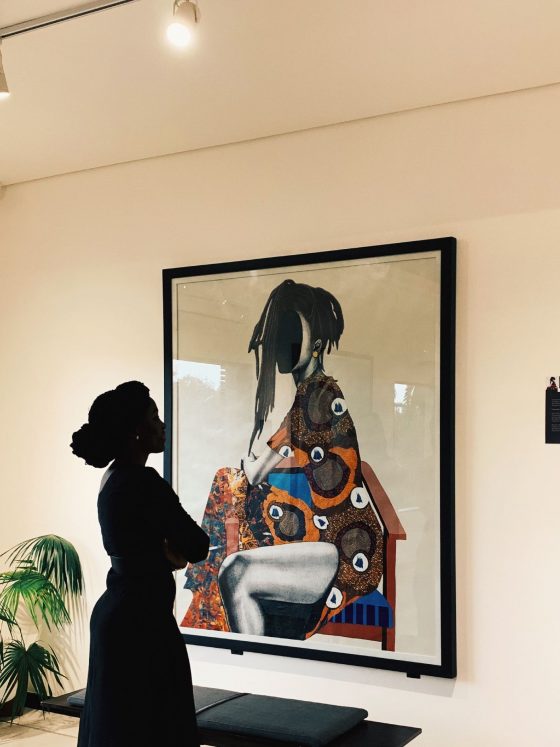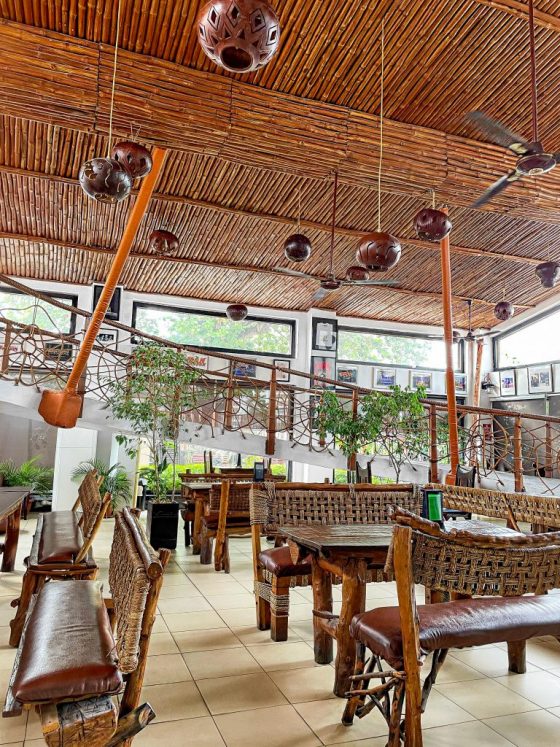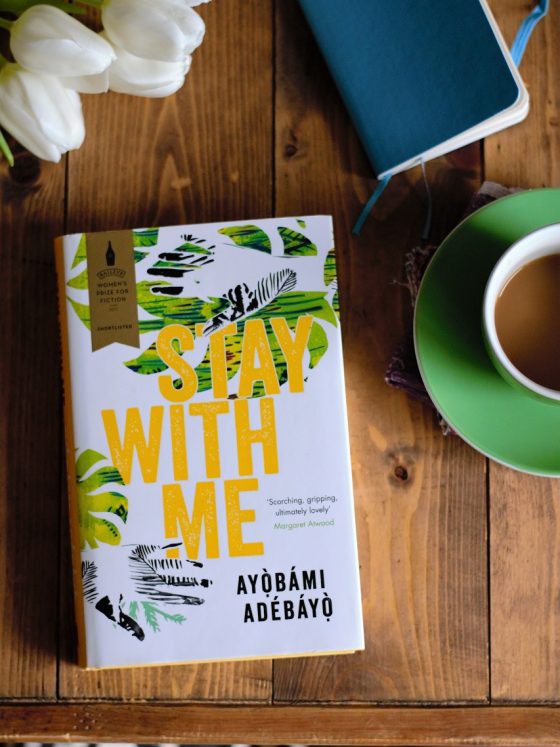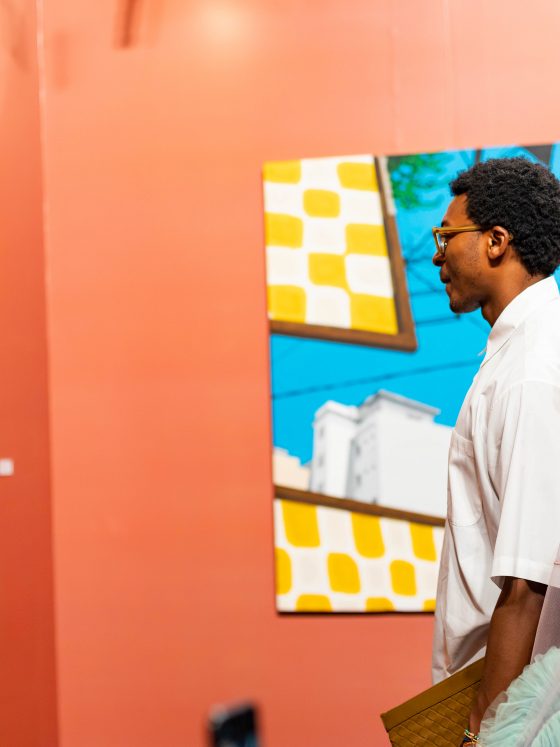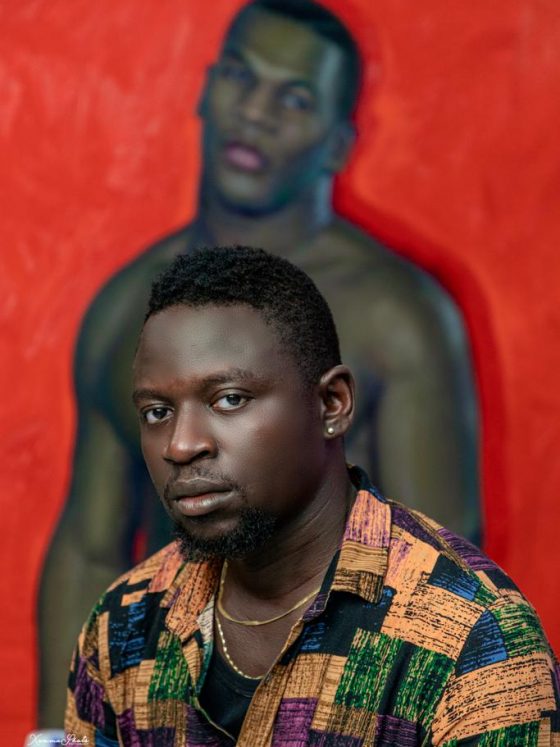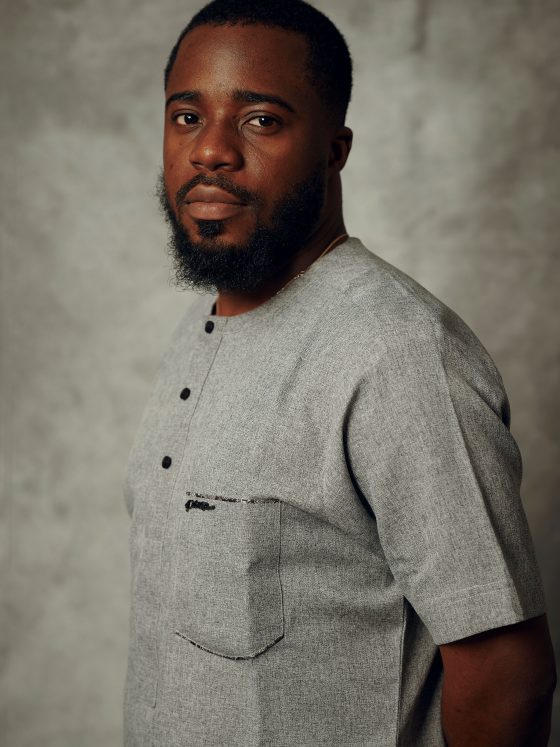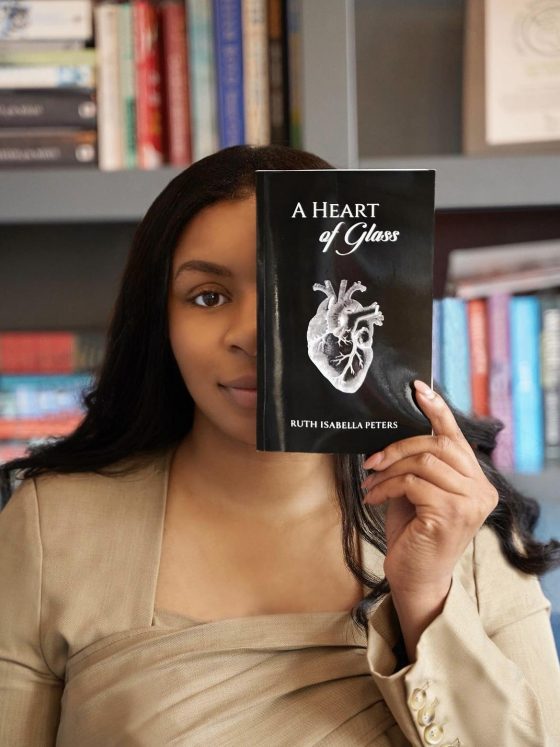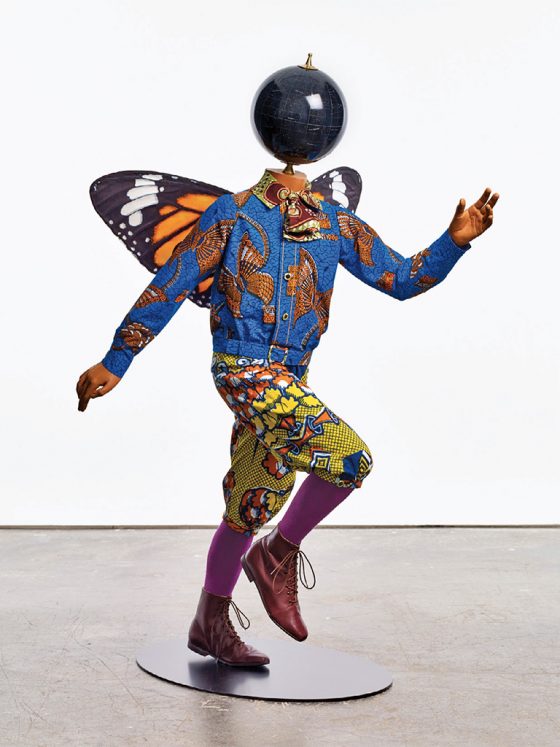She’s a Finance professional by day, and a painter by night. Though Rewa Udoji only began her fine arts career in 2016, this year she sold $200,000 worth of paintings in galleries in the States. Now she’s in high demand and has a jam-packed 2021 ahead. Guest Correspondent, KENIM OBAIGBENA, interviewed her to learn how her side hustle became a lucrative business, in an industry many fail in.
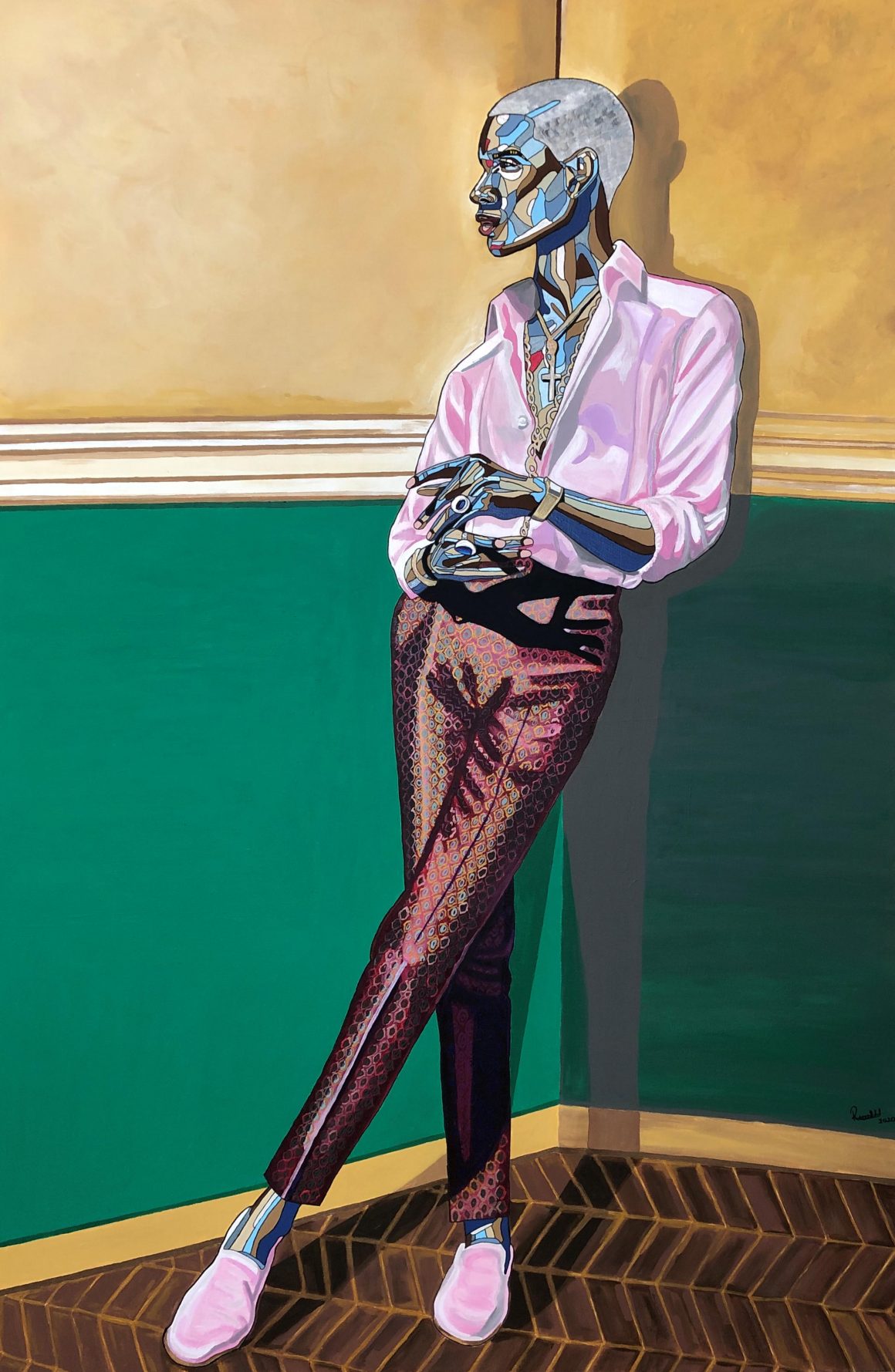
How and why did you start?
I began painting in earnest when I moved to South Africa in 2016. I was in a nadir and needed an outlet – cheesy, I know. I’d always had creative inclinations but with time on my hands, and a need to divert my thoughts into a more positive direction, I picked up a box of watercolour pencils and decided to create a 10-piece body of work. The body of work I created was called The Pantheon, the premise of which was to celebrate Nigerian deities. Friends then encouraged me to post my pieces on social media. I wasn’t expecting the overwhelmingly positive response that I received.
ReLe Gallery got sight of my pieces and invited me to form part of their ReLe Young Contemporaries 2017 programme and the rest, as they say, is history.
When you first started, what was your day job?
I was repatriated back to Nigeria to work as the Strategy Manager for Old Mutual West Africa and my ambit covered Nigeria and Ghana.
I defined and drove the company’s strategy across the West African region including Nigeria, Ghana, and select francophone countries, and developed the Old Mutual West Africa three-year rolling business plan, using input from various teams such as Finance, Life business, General business, Risk, Legal etc. As part of the programme, I had to do a rotation into several businesses, the first of which was a secondment into their Mutual Federal business in South Africa. So, I relocated to Johannesburg in 2016, where I started painting.
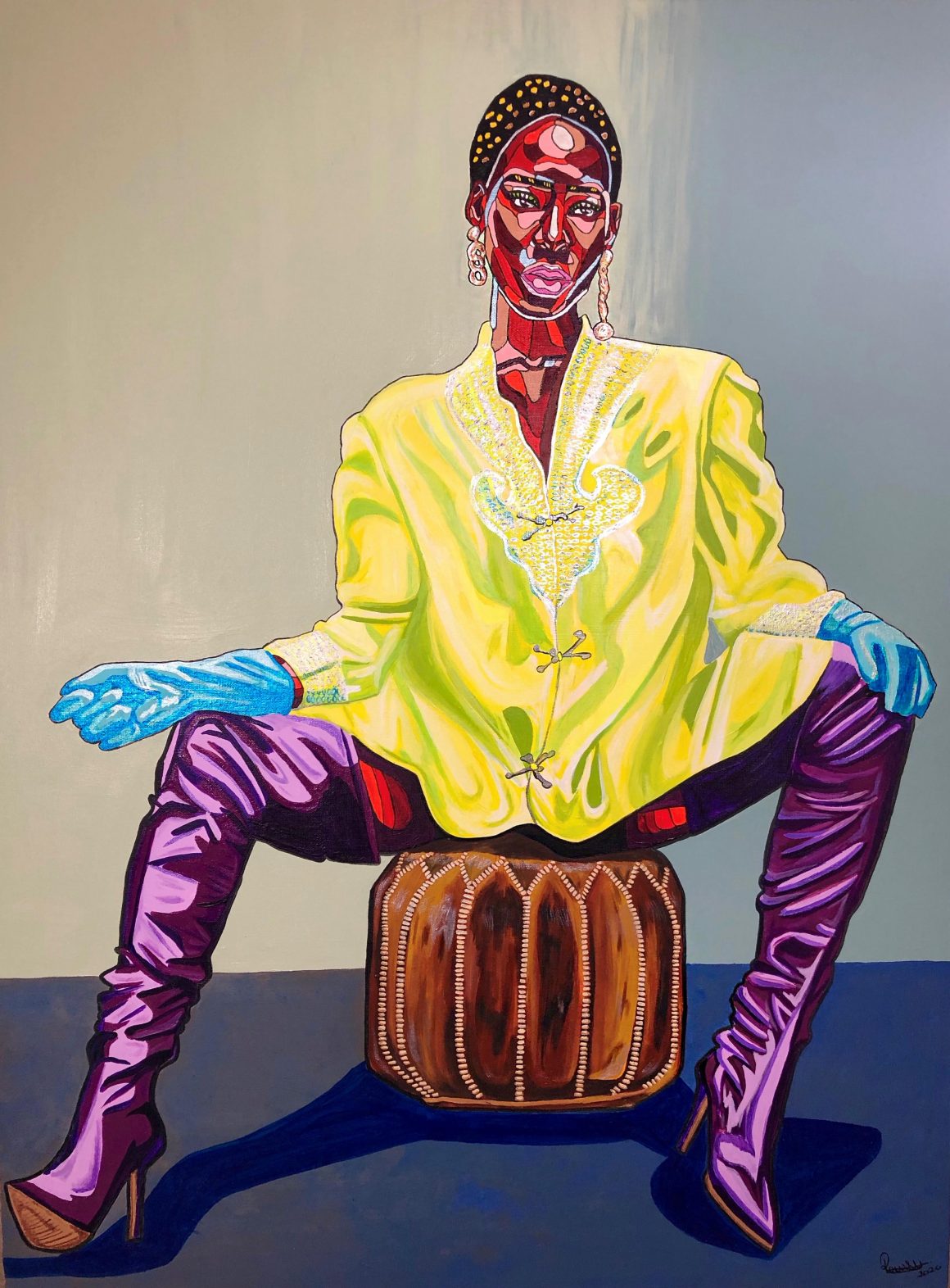
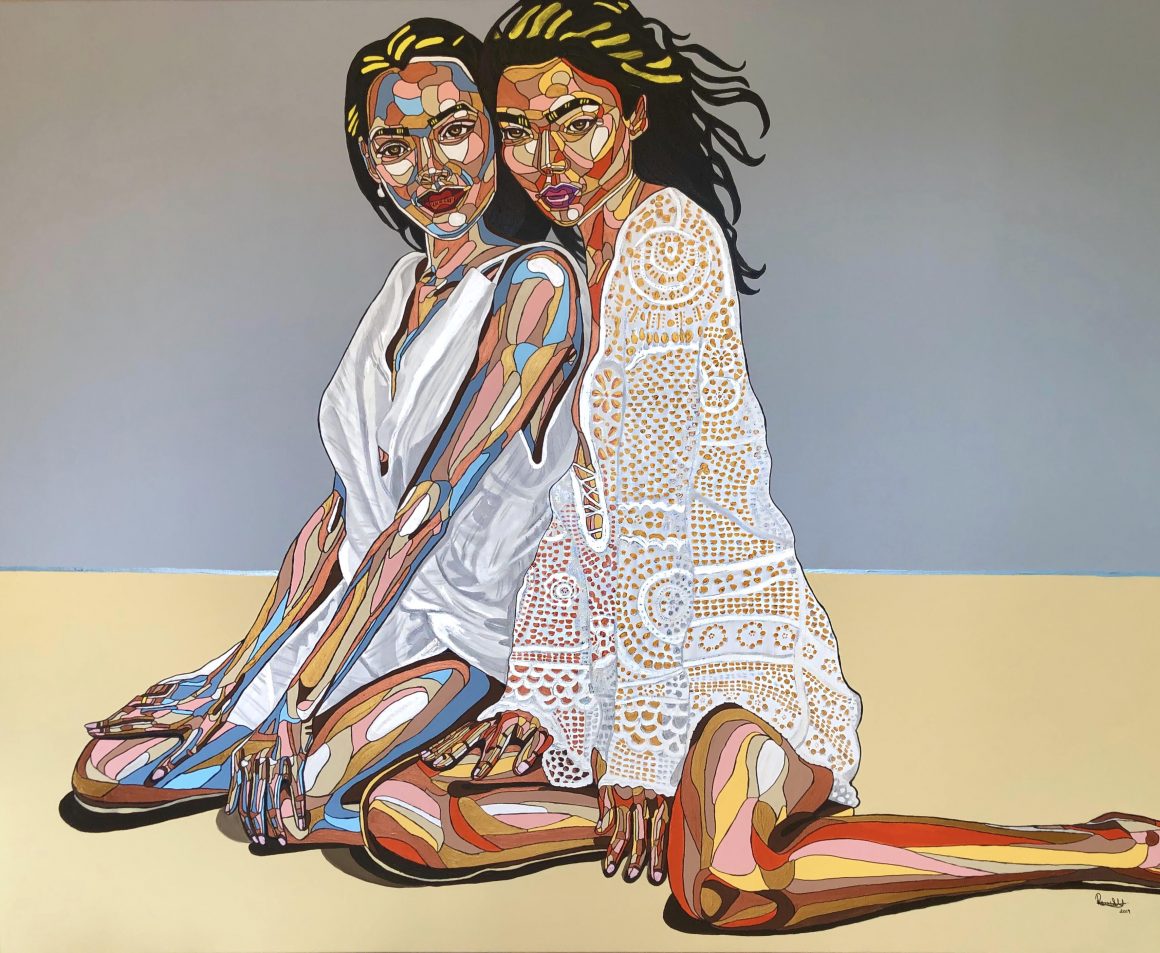
It seems like things took off for you quickly in the art world, how did that happen?
After the ReLe show, I was still suffering some Imposter Syndrome. Most of the other artists whom I’d exhibited alongside had studied art or considered it to be their foremost career whereas I was this Finance head who’d only just entered the art space. However, after the ReLe show I was contacted by the Gallery of African Art (GAFRA) in London and they invited me to participate in a duo show with a renowned Dutch photographer. In that same year, the Museum of Contemporary African Diasporan Arts (MoCADA) in New York reached out to ask for one of my pieces for their annual gala. So, then I thought to myself, I really ought to capitalize on this. I thought, if ReLe approached me, GAFRA approached me, MoCADA approached me, there must be something here, it isn’t just a flash in the pan. In 2018, I then made my first proactive step to foray further into the art space. I applied for the No Dead Artists juried show at the Jonathan Ferrara Gallery in New Orleans. Thankfully I got accepted. For this show, I created my first body of work on large canvases which was a huge challenge for me at that time, but I thought, if I’m going to do this, I am going to push myself and do it to the best of my abilities. It was a near sold-out collection and the gallery invited me back the following year to have a solo show. From there, it has all snowballed into one thrilling and expansive journey. Many opportunities have since presented themselves. I showed at the Zeitz MOCAA in Cape Town, they’re the largest African Art museum in the world. I’ve had the opportunity to work with the City of London / Mayor of London, worked with Nike, Unilever, been featured in several publications, and so on.
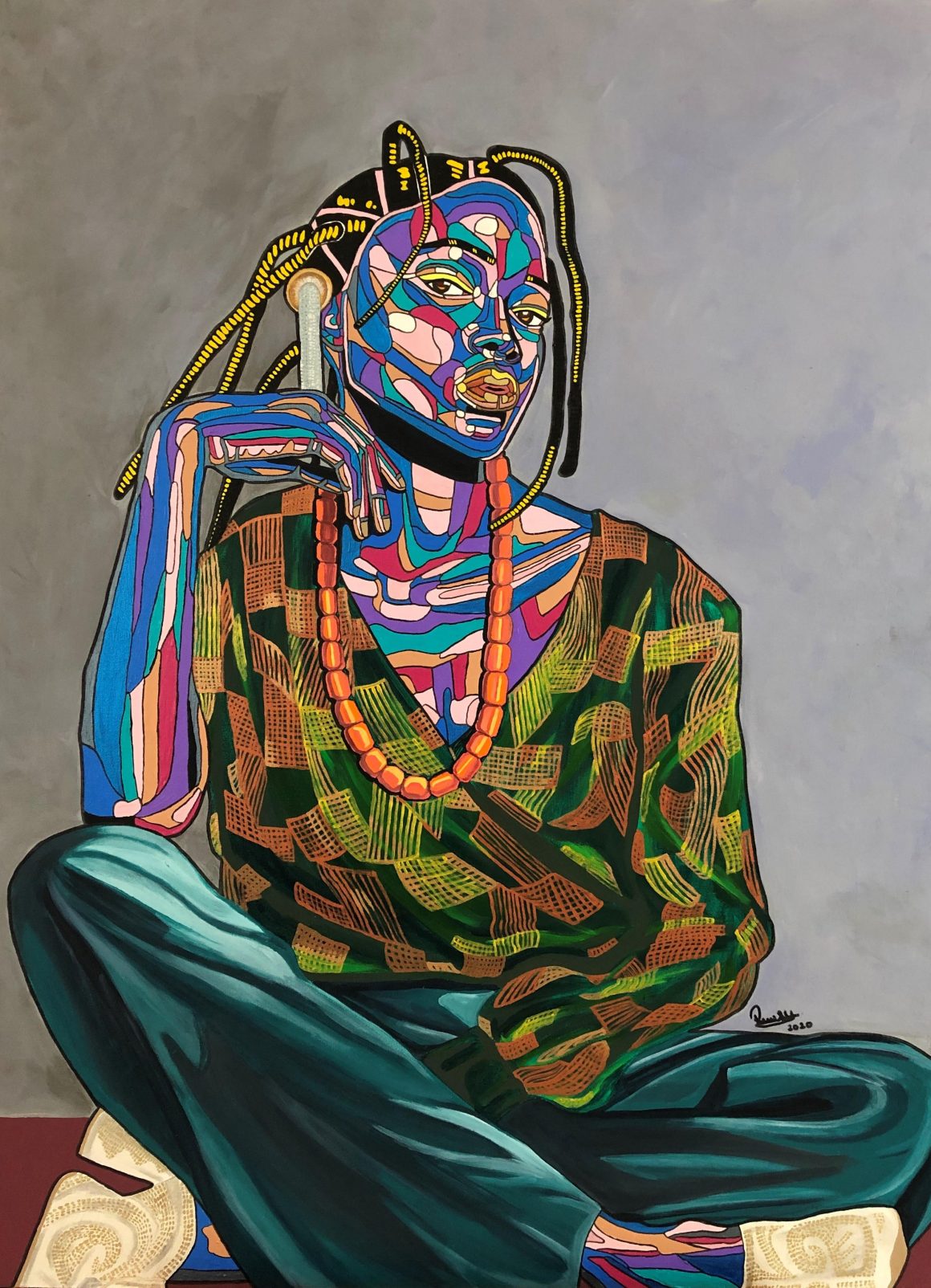
A lot of artists don’t understand how to get into the business of art. How did your corporate background help you in the art world?
I approach my exhibitions and collections as I would a project if I were still at Accenture, for example. Every element is planned out, a timeline is applied, all stages documented, and all pieces catalogued. My professional journey has made me very thorough and precise with my bodies of work – I am very clear on what each piece within a collection is meant to convey and how it adds up to the whole. Nothing is whimsical and all pieces are purposeful.
Also, I calculate the number of days and time spent with each body of work I produce. I document the materials used, keep a record of every receipt etc. With cataloguing and keeping track of revenues and expenses etc.
Which artists inspired you to create?
To be honest, Van Gogh is a major one. In terms of living artists, there are three I admire greatly. Ndidi Emefiele, Toyin Ojih Odutola is the G.O.A.T. in my opinion and of course, Njideka Akunyili Crosby. They occupy a space I aspire to get to eventually.
How would you describe the art scene in Nigeria? You are lucky enough to have your art showcased all over the world and obviously, in Nigeria. But people aren’t paying the same amounts for art so what would you say about the marketplace here?
You know as well as I do, Nigerians place a premium on what they perceive to be an ‘import’. I suppose much like with any other place, but I feel it is more prevalent in Nigeria. So, I feel I can charge what I do because my work has been shown so widely outside of the continent. My only two exhibitions in Nigeria have been with ReLe Galley. Unfortunately, I don’t feel like Nigerians truly value you until you’re noticed on the global stage. This is how it looks to me anyway. It is unfortunate because there are many young and older artists in the country doing fantastic work but because they are domiciled in Nigeria and don’t have much access to the global market, they get browbeaten on their pricing or face limitations as far as exhibitions. If not ReLe or ArtX, or SMO Contemporary giving you a platform, where can one really show? I have also found that Nigerians really haggle me on price, and I find this insulting at times and get annoyed at myself for even entertaining such conversations. You wouldn’t expect free veneers from your dentist or free servicing from your mechanic. Same thing as far as I am concerned – I am also a service provider of sorts.
I am so grateful to be in a position where I don’t necessarily create for monetary gain, it just happens to be a lucky and welcome consequence. For others though, who may not be so fortunate, this culture of undercutting hurts the artist so much and I thoroughly resent it. So, the market displeases me in that regard.
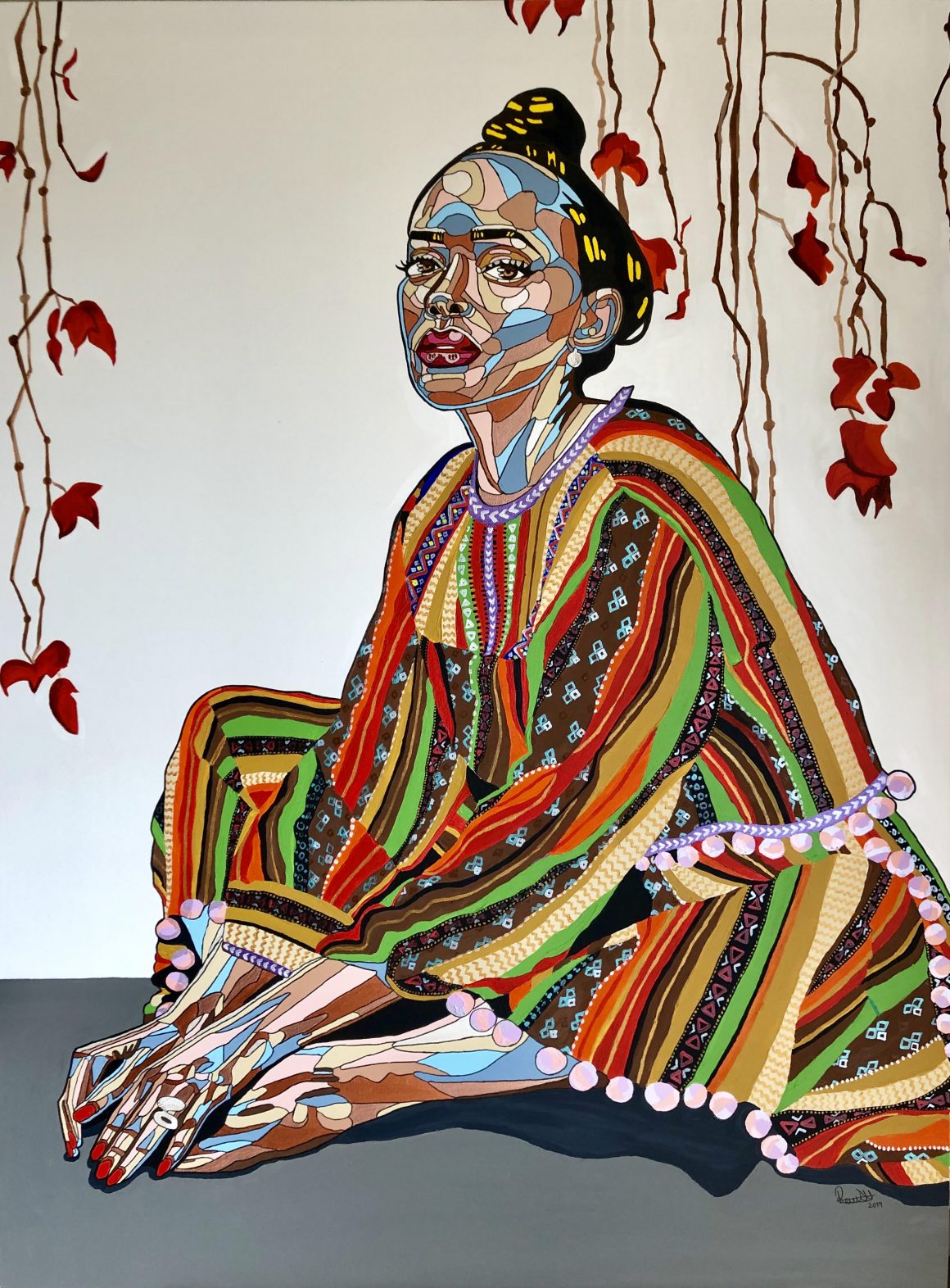
Do you think this affects the quality of work done in this market? For instance, if you’re creating a masterpiece that might take you three months and someone then wants to pay NGN200k or even less, won’t that make an artist say, well let me create quick pieces and therefore they don’t harness their full potential? How does this marketplace affect the quality of work in Nigeria?
I think you’re quite right. People think of a quick churn to make quick gains. So the roadside artists, the Jakande market artists, they just go with the style zeitgeist just so they can make money to maintain the roofs over their heads. You definitely have artists who are very recognizable stylistically though, Tolu Aliki, Femi Morakinyo, Ameh Egwuh, Barry Yusufu. Sejiroh Avoseh, Marcellina Akpojotor, all of whom are my fellow alumnus. They are very stylistically consistent and it’s paying off. But for those who are trying to make a quick buck, this can prove difficult. Nigeria is tough.
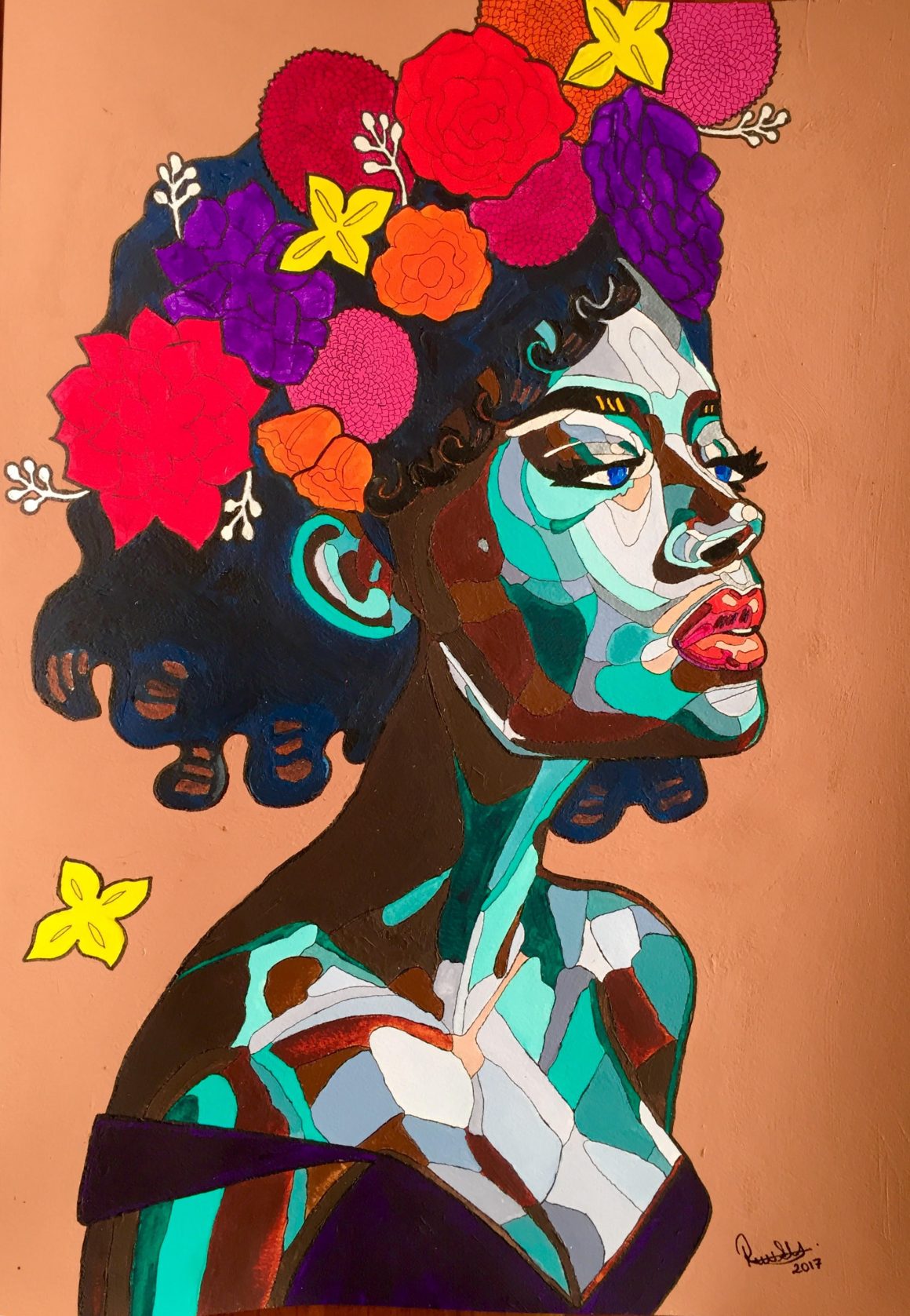
As someone who has made it internationally, what advice would you give to an artist that is here, who wants to follow your path?
I don’t know that I’ve made it yet! What I would say though, Google is your friend, sign up for call-for-entry newsletters. Research galleries and see which ones accept portfolio submissions or have open calls. Look into juried shows. Just because you’re Nigeria-based doesn’t mean that your scope is limited to Nigeria only. Also, there are some great resources within the country. The African Artist Foundation (AAF) and Azu Nwabogu – he is incredible and an influential person who supports the arts – he has a large breadth of experience and contacts to boot. Aderenle Shonariwo is a trailblazer and another huge supporter of the arts, especially emerging artists so she is a good person to make acquaintance with. She was my springboard!

